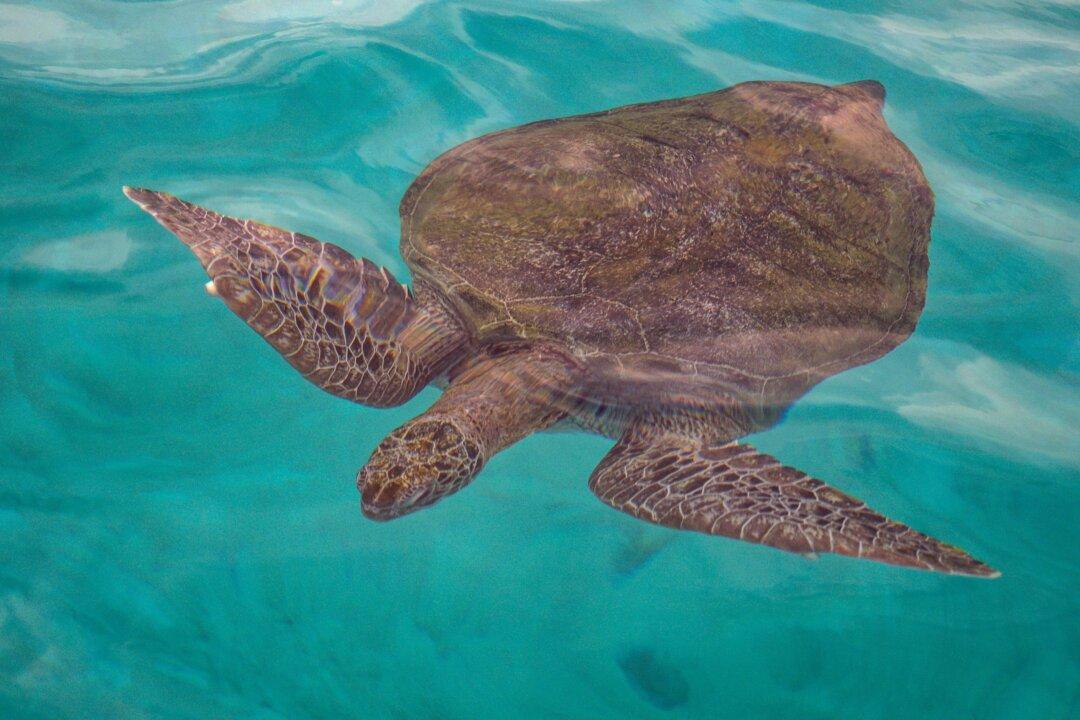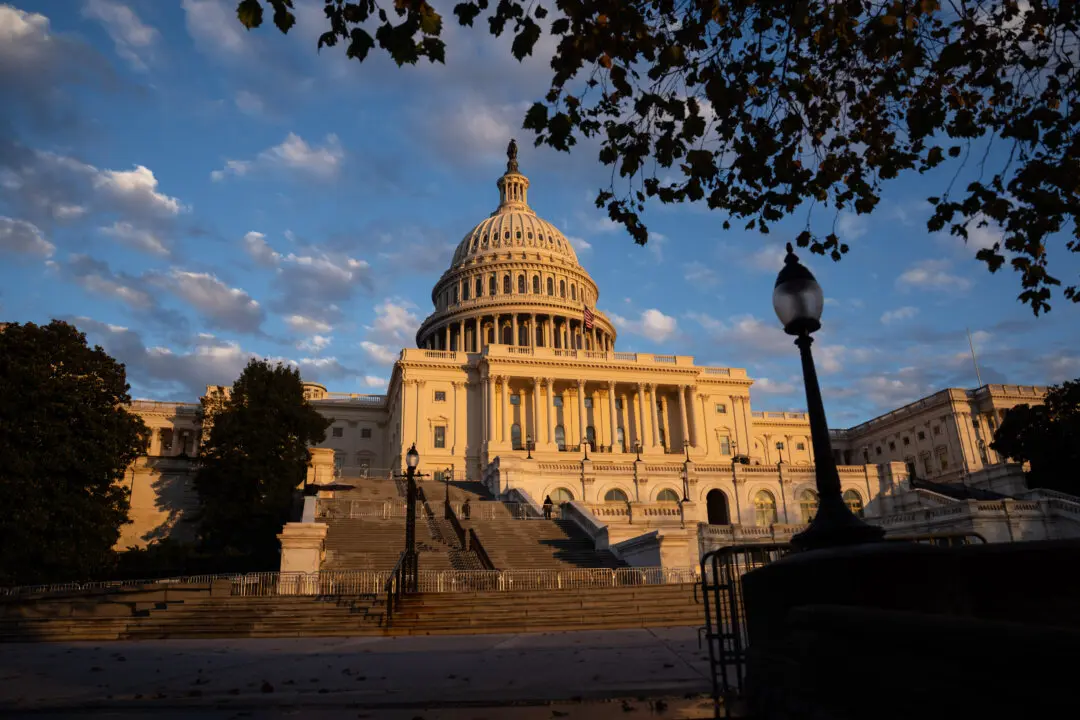Small juvenile marine turtles from several species are ingesting large quantities of plastic, a form of pollution that affects more than just turtles, researchers from the United Kingdom and Australia have found.
The scientists studied 121 juvenile turtles, including greens, loggerheads, flatbacks, olive ridleys, and hawksbills. The specimens, which were either stranded or bycaught (the portion of a commercial catch that isn’t caught intentionally), came from either the Indian Ocean near Western Australia or the Pacific Ocean near Queensland, Australia.





